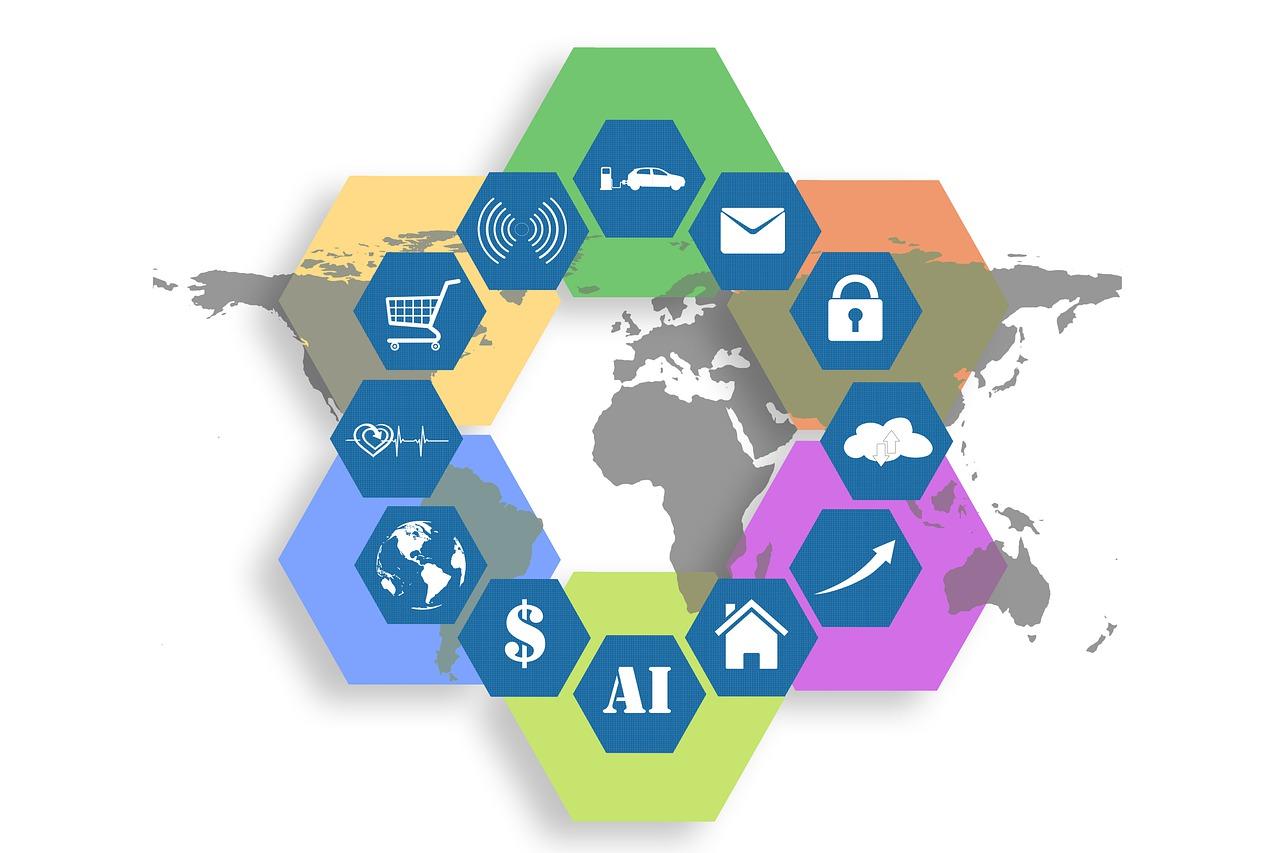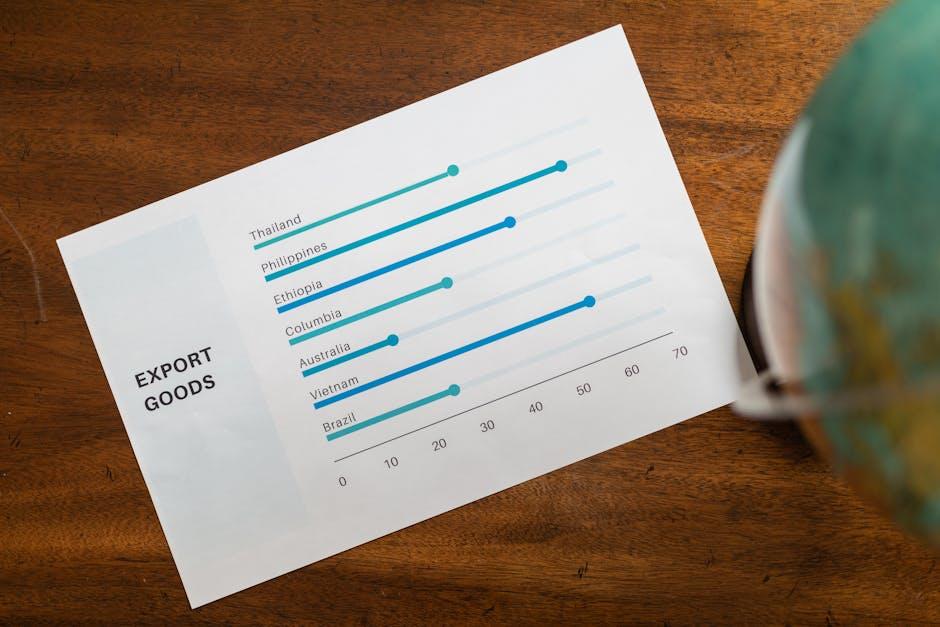In the intricate tapestry of the global economy, financial institutions stand as both architects and guardians, weaving together the threads of prosperity and stability. As the world becomes increasingly interconnected, these institutions bear a profound responsibility: ensuring regulatory compliance across diverse and often complex jurisdictions. The role they play is not merely one of oversight but of stewardship, guiding the flow of capital while safeguarding against the perils of financial misconduct. In this era of rapid technological advancement and evolving geopolitical landscapes, the mandate for global financial institutions has never been more critical or challenging. This article delves into the multifaceted responsibilities these institutions shoulder, exploring how they navigate the labyrinth of international regulations to uphold the integrity of the financial system. Through their vigilant watch, they serve as the bulwark against instability, fostering trust and resilience in an ever-changing world. Join us as we unravel the pivotal role of global financial institutions in regulatory compliance, a cornerstone of modern economic governance.
Global Financial Institutions as Guardians of Regulatory Standards
In the intricate web of global finance, international financial institutions stand as pivotal entities ensuring the adherence to regulatory standards across borders. These organizations, such as the International Monetary Fund (IMF) and the Bank for International Settlements (BIS), play a crucial role in harmonizing financial regulations, thereby fostering stability and transparency in the global market. By setting universal benchmarks and offering guidance, they help nations navigate the complexities of financial governance. Their influence extends to advising on policy frameworks, conducting surveillance, and offering technical assistance, all of which contribute to a robust financial ecosystem.
Key functions of these institutions include:
- Standardization of financial regulations to ensure consistency and fairness across global markets.
- Monitoring compliance with international norms to prevent financial crises and mitigate systemic risks.
- Facilitating dialogue among member countries to address emerging financial challenges and coordinate policy responses.
By acting as guardians of regulatory standards, these global financial institutions not only uphold the integrity of the international financial system but also promote economic resilience and growth worldwide.

Navigating Complex Compliance Landscapes with Strategic Precision
In the ever-evolving world of finance, global financial institutions stand as sentinels, vigilantly navigating the intricate web of regulatory frameworks. Their role is not merely reactive but strategically proactive, ensuring compliance while safeguarding their reputation and integrity. These institutions employ a multifaceted approach to tackle compliance challenges, leveraging their extensive resources and expertise to stay ahead of regulatory changes. By fostering a culture of compliance, they embed regulatory adherence into their core operations, transforming potential obstacles into opportunities for growth and innovation.
- Data Analytics: Utilizing advanced analytics to monitor transactions and identify anomalies.
- Cross-Border Collaboration: Engaging with international regulators to harmonize compliance efforts.
- Technology Integration: Implementing cutting-edge technology to automate compliance processes.
- Continuous Training: Ensuring staff are well-versed in the latest regulatory requirements.
By adopting these strategies, global financial institutions not only ensure compliance but also position themselves as leaders in a complex regulatory landscape. Their ability to adapt and innovate is crucial in maintaining stability and trust in the global financial system.
Innovative Approaches to Strengthening Global Financial Governance
In the complex web of global finance, the pivotal role of international financial institutions in ensuring regulatory compliance cannot be overstated. These institutions, such as the International Monetary Fund (IMF) and the World Bank, are instrumental in setting standards and facilitating cooperation among nations. They foster an environment where transparency, accountability, and consistency are paramount. By promoting best practices and offering technical assistance, they help countries navigate the intricate landscape of financial regulations. This not only aids in maintaining economic stability but also mitigates the risks of financial crises that can have far-reaching consequences.
Global financial institutions employ innovative strategies to enhance compliance. These include:
- Capacity Building: Offering training programs and workshops to strengthen the regulatory frameworks of member countries.
- Data Sharing Platforms: Developing advanced systems for real-time data exchange to improve monitoring and enforcement.
- Collaborative Networks: Establishing partnerships with regional and national bodies to harmonize regulations and reduce compliance costs.
Through these initiatives, global financial institutions not only uphold the integrity of the international financial system but also empower nations to achieve sustainable economic growth.
Empowering Institutions through Collaborative Compliance Frameworks
In an era where regulatory landscapes are as dynamic as the financial markets themselves, global financial institutions are stepping into pivotal roles as both enforcers and innovators of compliance standards. By fostering collaborative compliance frameworks, these institutions are not only safeguarding their operations but also enhancing the integrity of the financial ecosystem. This approach involves a symbiotic relationship where regulators, financial entities, and technology providers work in tandem to create a robust compliance environment.
- Unified Standards: Institutions are championing the development of harmonized compliance standards that transcend borders, ensuring consistency and reducing the complexity of adhering to varied local regulations.
- Technology Integration: Leveraging cutting-edge technologies like AI and blockchain, these frameworks facilitate real-time monitoring and reporting, significantly reducing the risk of non-compliance.
- Knowledge Sharing: By creating platforms for dialogue and information exchange, financial institutions enable a culture of continuous learning and adaptation, crucial for navigating ever-evolving regulatory requirements.
Through these strategic collaborations, global financial institutions are not just meeting regulatory demands but are proactively shaping the future of compliance. This transformative approach not only mitigates risks but also fosters trust and transparency, essential components in today’s interconnected financial world.





